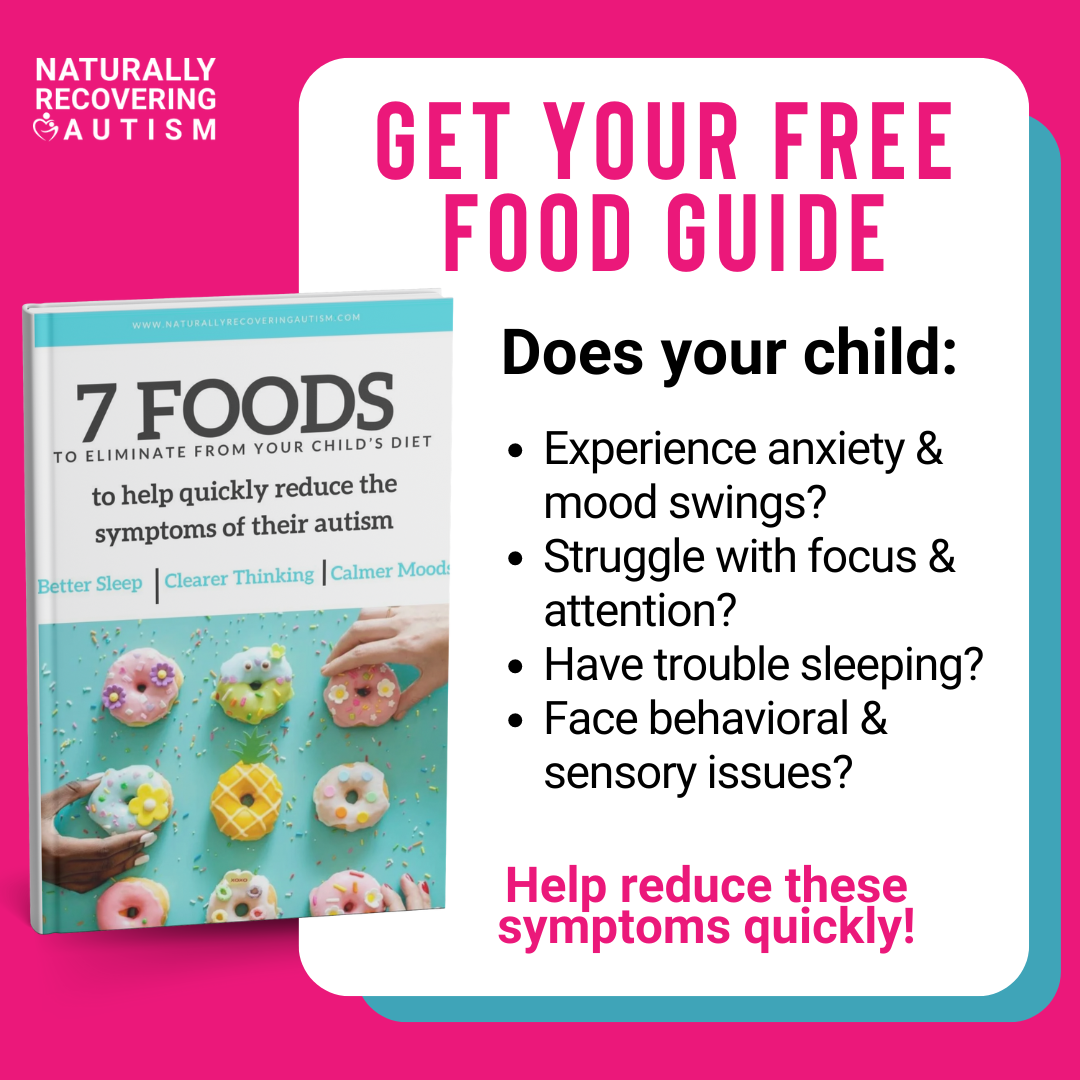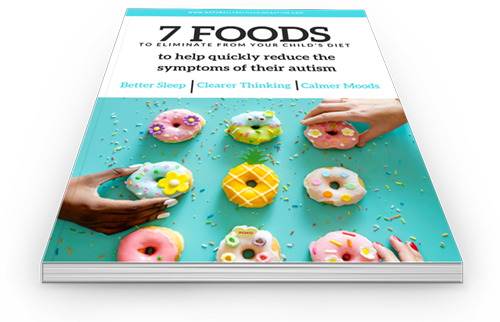What are histamines and mast cells?
Close to 100% of children with autism have histamine intolerance. Histamines are released by the digestive tract and the brain in defense as an allergic reaction. The DAO enzyme helps the body break down excess histamines, but commonly, this enzyme is defective in children with autism. In histamine intolerance the body is over producing histamines and there are too many for the body to break down. This stress type response is a trigger for mast cell activation which creates a strong inflammatory response in the body.
Mast cells are our front line defenders helping the immune system recognize pathogens of all kinds, including electromagnetic field radiation. Mast cells help regulate the immune system, and protect us from environmental toxins. Histamine is a mast cell mediator. Too much histamine released causes histamine intolerance which causes mast cell activation. When this happens our protective mechanisms are broken down and we become hypersensitive to things we ingest or that are in our environment.
Histamine and mast cell triggers include medications
There are many possible triggers of histamine intolerance and mast cell activation such as leaky gut, viruses, parasites, mold, lyme, PANS, injuries, environmental toxins, foods, and medications.
Medications are a common trigger for histamine intolerance and mast cell activation. Antidepressants are well-known to cause this response. Even those that are supposed to help calm the system such as zoloft, prozac, or valium can trigger the opposite effect and create hyperactivity and anxiety when they trigger a histamine reaction. Long term use can cause worse reactions that may take their toll slowly and be hard to track over time as the cause of the behavioral issues. Morphine is also a known histamine liberator. Look for hives and hyperactivity associated with ingesting it.
Nystatin is commonly used to treat yeast and fungal infections in children with autism. The effects of it are short term for its purpose and the fillers associated with it, including food dyes, corn starch, and titanium dioxide may cause heightened mood swings, anxiety, and nausea.
Even long term use of anti-histamine drugs can cause an intolerance to them and desensitize the body by blocking receptors so the body thinks it has less than it does and won’t react at all, even when it needs to for protection. Over time issues are compounded and a little anxiety can become severe anxiety, sleep and digestive issues get worse, and the brain cannot heal so behaviors become heightened.
Symptoms to look for in histamine reactions
Symptoms from histamine triggers are both physical and behavioral. They can vary from itching, hives, rashes, sleep problems, anxiety, extreme mood changes, seizures, digestive issues and diarrhea to increased stimming and more. By reducing stomach acid histamines contribute to further issues with digestion working against your efforts to heal the gut, and is a common reason for GERD or acid back up.
How can parents start to recover histamine intolerance and mast cell activation?
- First, it is crucial to target the root triggers. Begin healing the gut by removing the top inflammatory foods.
- Detoxify very slowly so you don’t cause more mast cell activation.
- Clear the coinfections of autism including mold, lyme, and PANS.
- Quercetin is a natural anti-histamine. It can be purchased at a local health food store.
Quickly Reduce Your Child’s Symptoms of Autism by Eliminating 7 Foods Most People Consume Daily!
The first crucial step of autism recovery is to begin restoring health to the gut and the immune system.
The health of the gut is directly linked to the health of the brain and therefore to the symptoms of autism. In fact, 80% of the immune system comes from the gut so if the gut is not healthy, then the brain can’t thrive, and the immune system is compromised. It’s a vicious cycle, but thankfully, it’s one that we can put an end to by first eliminating harmful foods.
This is for informational purposes only and is not meant to diagnose or treat. Every child’s level of recovery is different. No two people are the same. It is never implied that all children will have the same outcome. Results are all based on individual biology and the work that is done. This process takes time and various steps, effort and resources need to be weighed. Our programs are intended to help you become more knowledgeable and guide you to help bring your child a better quality of life, whatever that may be. We want to help by giving great content, direction and strategies that move you forward. Nothing on this page or any of our websites is a promise or guarantee of results or future outcomes. The results on this page and any of our websites are not typical or promised. In fact, there will be people who purchase this and other programs and never put the work into implementing the strategies taught and therefore will achieve little to no results. Our more detailed earnings disclaimer, privacy policy, and terms and conditions for this program and website can be accessed via the links below. We hold ourselves (and you) to a high standard of integrity. We are cheering you on every step of the way.











